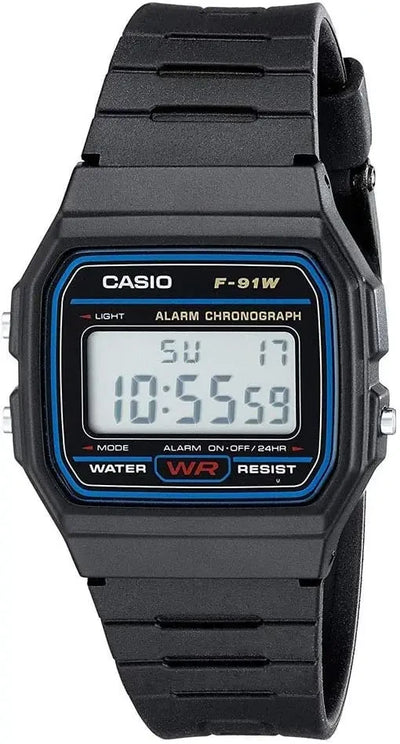
What is the best-selling watch in the world?
Which watch is the best-selling in the world among all the brands and models available on the market? We will explore...


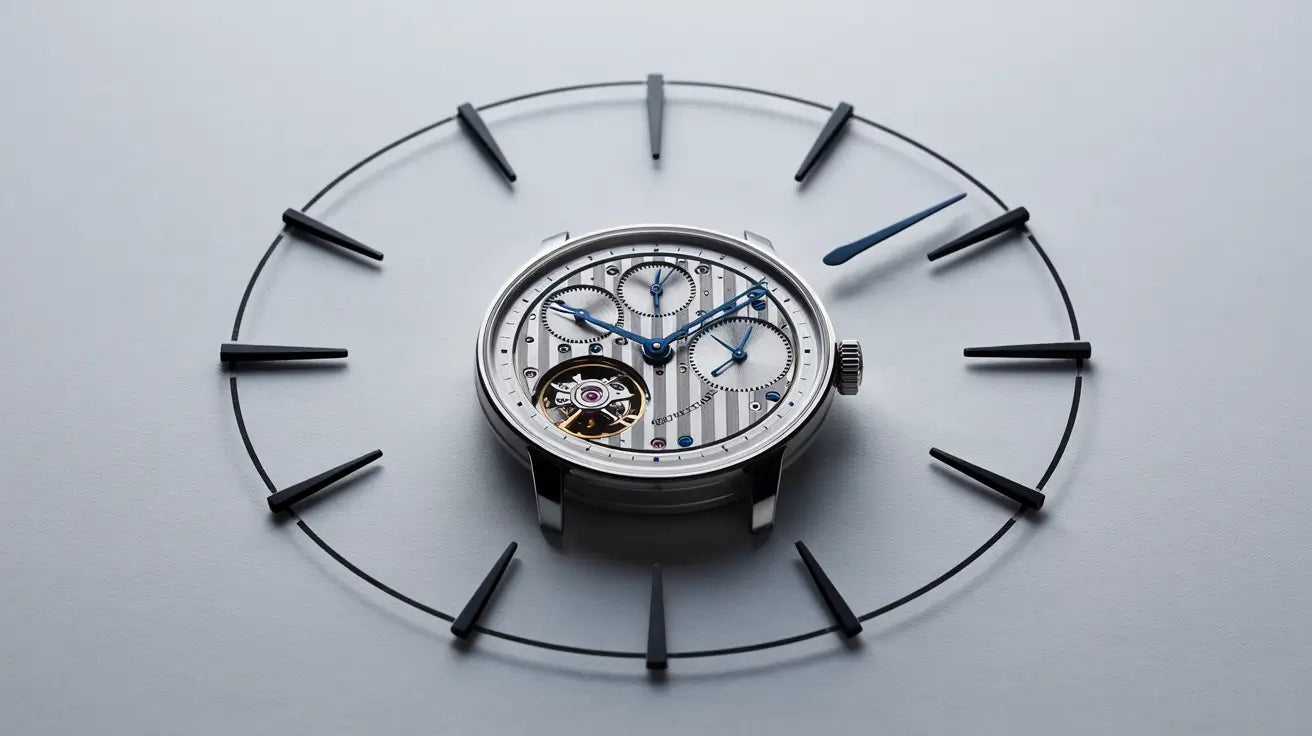
Welcome to the fascinating world of watchmaking! Whether you're a passionate collector or simply curious to expand your knowledge, understanding the different types of movements is essential to fully appreciate the value and complexity of each watch. In this article, we explore in detail the mechanisms that bring these masterpieces to life and help you choose not only the ideal watch, but also the perfect storage solution to care for it.
The movement truly represents the soul of a watch. This sophisticated mechanism is responsible not only for timekeeping accuracy, but also influences the value, longevity, and even character of your timepiece. Your choice of movement often reflects your personality and lifestyle.
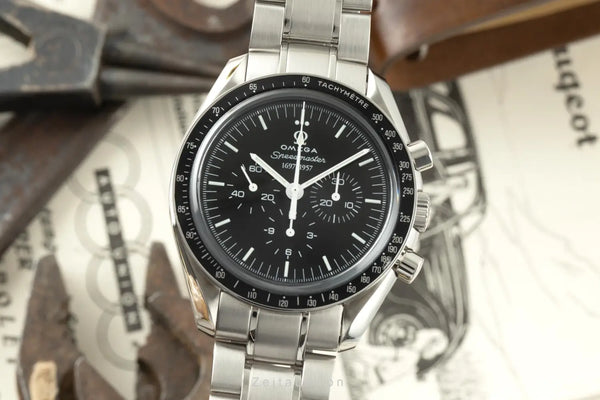
The mechanical movement embodies watchmaking tradition in its purest form. Comprised of a meticulous assembly of over 100 parts (wheels, springs, balance wheels), this type of movement transforms mechanical energy into precise timekeeping without the need for batteries.
The heart of the system is the barrel containing the mainspring, which, once wound, gradually relaxes to power the gears. The sprung balance, a true miniature pendulum, oscillates at a constant frequency (usually 28,800 vibrations per hour) to regulate precision.
Benefits :
Disadvantages:
The Omega Speedmaster "Moonwatch" perfectly illustrates the extraordinary reliability of mechanical movements. This watch accompanied astronauts during the Apollo missions and continues to fascinate collectors with its legendary robustness.
Storage tip: Our leather watch boxes offer optimal protection against shocks for your precious mechanical movements.
The quartz movement, which appeared in the 1970s, revolutionized the watchmaking industry. Its principle: a battery sends an electric current to a quartz crystal, which vibrates at an extremely stable frequency (32,768 Hz), ensuring remarkable precision.
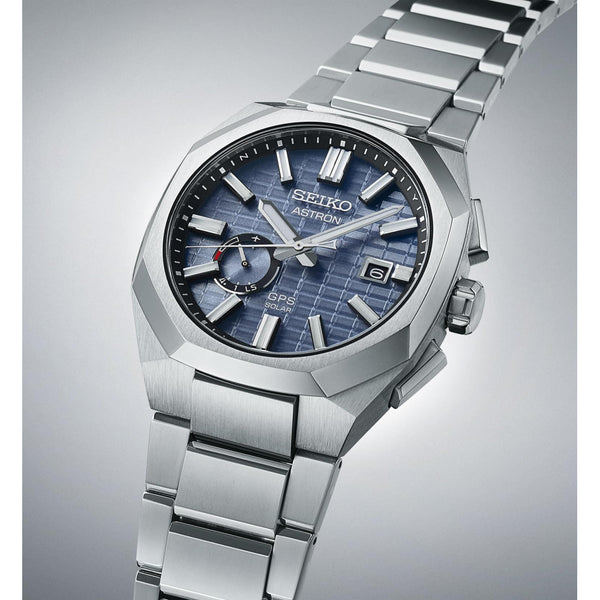
Benefits :
Disadvantages:
The Seiko Astron, the first quartz watch marketed in 1969, marked a turning point in watchmaking. Today, brands like Casio, with its G-Shock line, have pushed the limits of quartz's robustness.
Practical Solution: Our wooden watch boxes are perfect for organizing your quartz watch collection without worrying about winding.
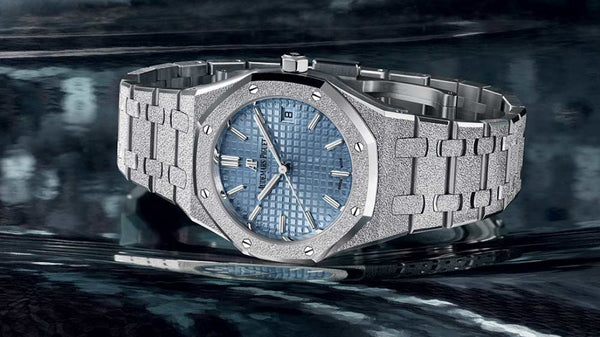
The automatic (or self-winding) movement represents an ingenious evolution of the manual mechanical movement. It incorporates an oscillating weight (rotor) which, thanks to the natural movements of the wrist, continuously winds the mainspring.
Benefits :
Disadvantages:
The Rolex Submariner and the Audemars Piguet Royal Oak illustrate the perfection achieved by automatic movements, combining exceptional reliability and prestigious finishes.
Essential: Discover ourcollection of automatic watch winders to keep your automatic watches perfectly wound even when you're not wearing them.
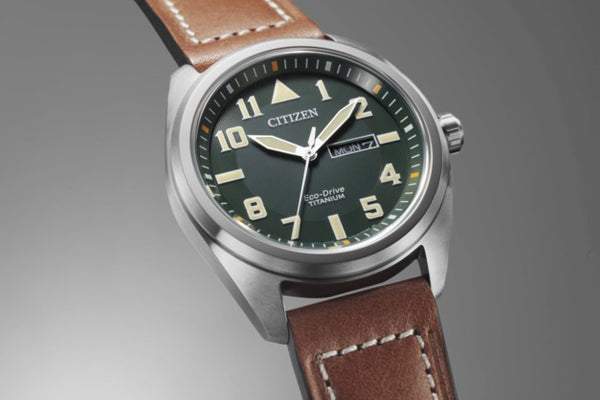
Solar-powered watches represent a major ecological innovation. Photovoltaic cells integrated into the dial convert light (natural or artificial) into electrical energy stored in a rechargeable battery.
Benefits :
Disadvantages:
Citizen with its Eco-Drive technology and Seiko with its Solar line have democratized this technology by offering elegant and durable watches that appeal to eco-responsible consumers.
Optimal preservation: To protect your solar watches while exposing them to light, opt for our watch boxes which offer perfect visibility and protection.
The kinetic quartz movement, developed by Seiko, combines the ingenuity of automatic winding with the precision of quartz. Mechanical energy generated by wrist movements is converted into electricity stored in a capacitor that powers the quartz system.
Seiko's Spring Drive innovation represents a major breakthrough with its tri-synchro regulator system that combines mechanical, electrical and electromagnetic energy for exceptionally smooth movement without any ticking.
Smart Organization: Our watch boxes are ideal for safely transporting your hybrid movement watches while traveling.
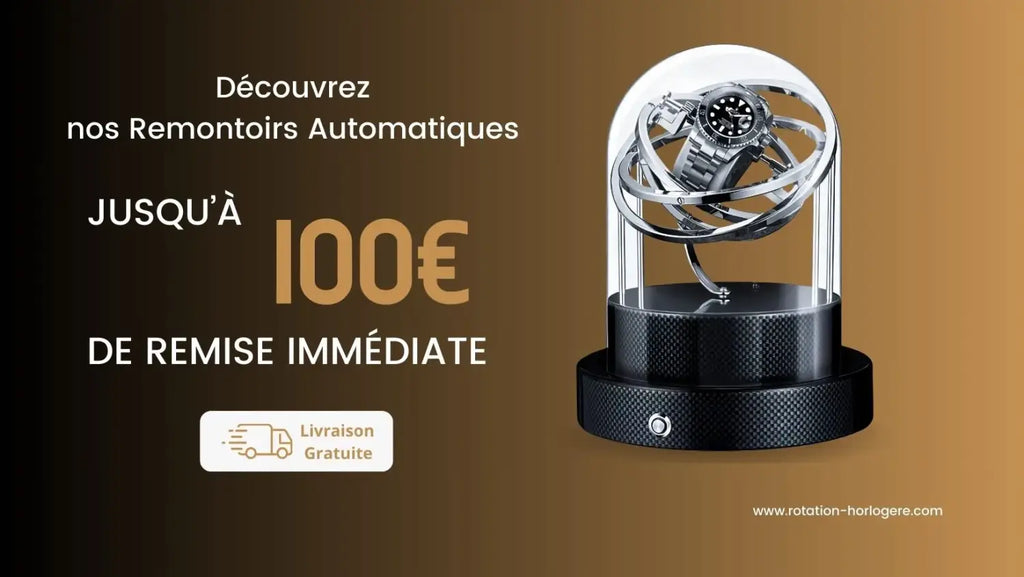
For those who own automatic watches , an automatic watch winder is essential. Discover our collection of automatic watch winders . You will find the perfect companion for your watch, ensuring its smooth running and precision.
If you value the history, craftsmanship, and traditional values of watchmaking, mechanical or automatic movements will provide unparalleled satisfaction. These pieces require careful attention and are often a long-term investment.
If you're looking for precision, reliability, and minimal maintenance, quartz or solar movements are excellent options. They're perfect for everyday use without constraints.
Hybrid and solar technologies will appeal to those who appreciate technical innovation while being environmentally conscious.
Each type of movement requires specific care:
Regardless of the movement you choose, proper storage of your watches is essential to preserve their value and ensure their longevity. At Rotation Horlogère , we offer a complete range of storage solutions specifically designed for each type of movement.
Ourautomatic watch winders keep your automatic watches perfectly wound. Our watch boxes , whether made of wood or leather , protect your precious pieces from shocks and dust while showcasing your collection.
Discover our complete collection at rotation-horlogere.com and give your watches the storage they deserve, whatever their movement.

Which watch is the best-selling in the world among all the brands and models available on the market? We will explore...

It leaves no trace. No scratches, no dents. Nothing visible. And yet, magnetism is one of the quietest enemies of your automatic watch. ...

The world of watch boxes offers a multitude of options to meet various needs and preferences. From a simple storage box to...
Leave a comment
This site is protected by hCaptcha and the hCaptcha Privacy Policy and Terms of Service apply.